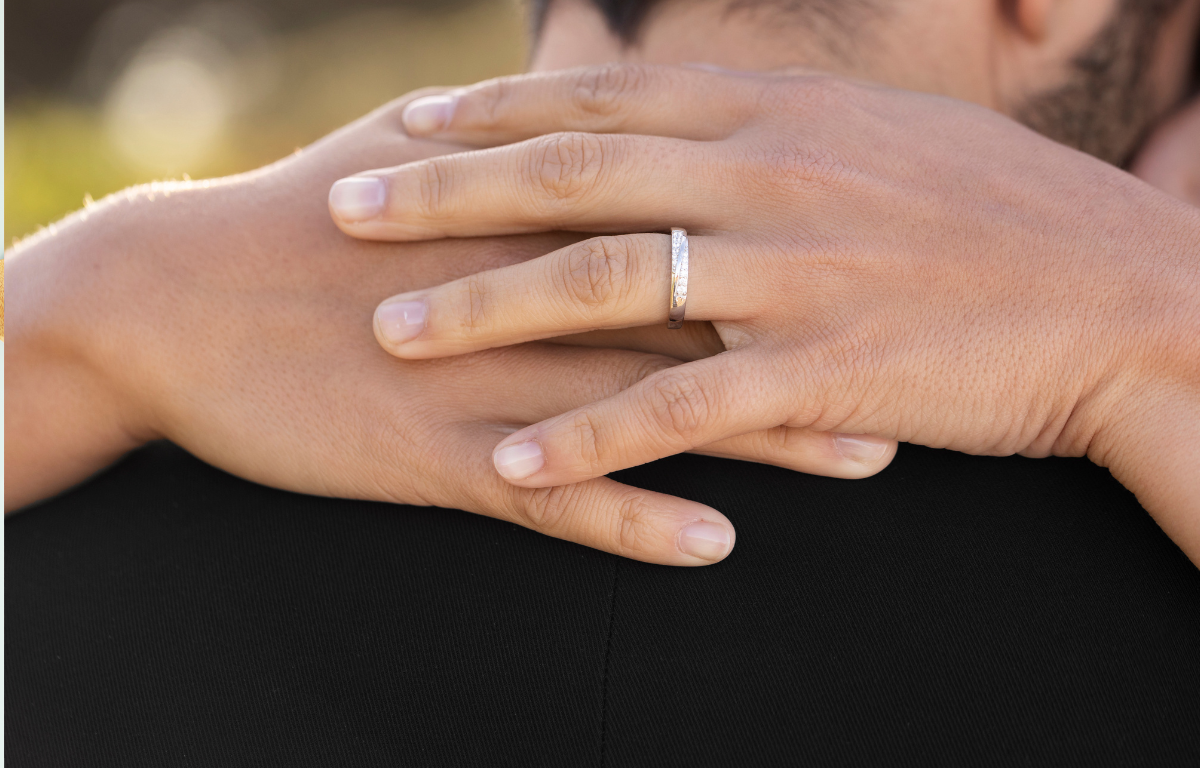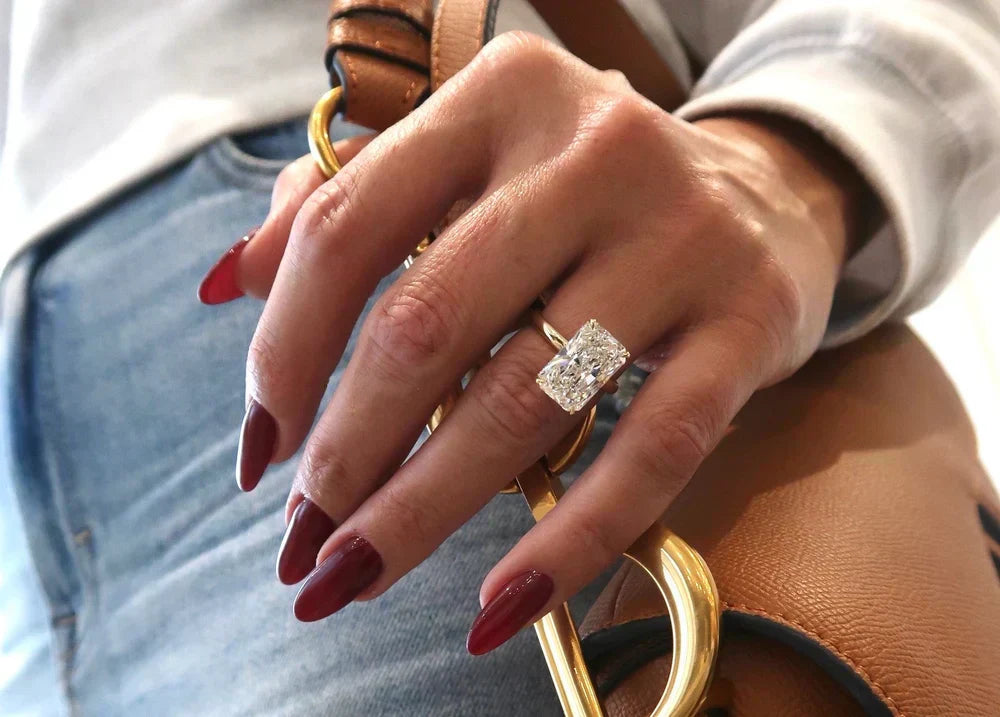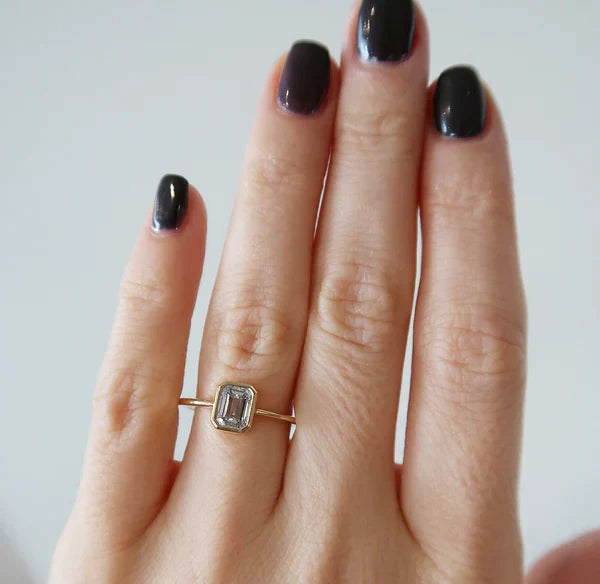
How Much Should You Spend on an Engagement Ring?
Choosing an engagement ring is a significant milestone, often accompanied by questions about budget. This article aims to provide clarity and practical advice, helping you navigate the process with confidence.
Why the "Two Months' Salary" Rule Doesn't Apply
For decades, the idea that one should spend two months' salary on an engagement ring has persisted. However, this outdated rule fails to consider the diverse financial realities of modern couples. In Canada, where living costs vary significantly from Vancouver to Halifax, adhering to such a rigid guideline can be impractical and even detrimental. Instead, consider your financial situation, including existing debts, savings, and future goals.
Think of your budget like planning a trip. You wouldn't arbitrarily decide on a destination without considering your available funds. You'd factor in travel expenses, accommodation, and spending money. Similarly, your engagement ring budget should align with your overall financial plan, ensuring it complements your lifestyle rather than disrupting it.

Understanding the Factors That Influence Engagement Ring Prices
Several factors contribute to the cost of an engagement ring. Understanding these elements will empower you to make informed decisions.
-
The 4Cs of Diamonds:
-
Carat: The weight of the diamond. A larger carat weight typically results in a higher price.
-
Clarity: The absence of inclusions (internal flaws) and blemishes (surface flaws). Flawless diamonds are rare and expensive.
-
Colour: The lack of colour in a white diamond. Colourless diamonds are graded higher and are more valuable.
-
Cut: The quality of the diamond's cut, which affects its brilliance and sparkle. A well-cut diamond reflects light effectively.
-
Metal Choice: Platinum, gold (white, yellow, rose), and palladium are common choices. Platinum is durable and hypoallergenic but more expensive. Gold offers a classic look at a more accessible price point.
-
Design and Setting: Intricate designs and custom settings will increase the cost. A simple solitaire setting is often more affordable.
-
Gemstone Alternatives: Consider sapphires, emeralds, or Moissanite. These options can offer stunning aesthetics at a fraction of the cost of a diamond.
How to Set a Realistic Engagement Ring Budget That Suits Your Lifestyle
Creating a budget requires honest self-assessment and open communication with your partner.
-
Evaluate Your Financial Situation: Review your income, expenses, savings, and debts.
-
Determine Your Priorities: Discuss what aspects of the ring are most important to you. Is it the size of the diamond, the quality of the cut, or the uniqueness of the design?
-
Consider Payment Options: Explore options such as saving up, using a credit card with rewards, or financing through a reputable jeweller. However avoid high interest rate financing.
-
Factor in Additional Costs: Remember to include the cost of ring insurance and potential resizing.
Imagine you're renovating your kitchen. You'd start by setting a budget and then prioritising what you want to upgrade. Similarly, with an engagement ring, prioritize the features that matter most to you and allocate your budget accordingly.
Why Engagement Ring Insurance Is Essential
Insuring your engagement ring is crucial.
-
Protection Against Loss or Theft: Insurance can cover the cost of replacing your ring if it's lost or stolen.
-
Coverage for Damage: Policies often cover damage from accidents, such as a chipped diamond or a bent setting.
-
Peace of Mind: Knowing your investment is protected can alleviate stress and allow you to enjoy your ring without worry.
Think of ring insurance as a safety net. Just as you insure your home or car, protecting your valuable engagement ring is a wise investment.
Exploring Ethical Sourcing and Sustainable Jewellery Practices
Increasingly, Canadians are concerned about the ethical sourcing of gemstones and metals.
-
Conflict-Free Diamonds: Look for diamonds certified by the Kimberley Process, which aims to prevent the trade of conflict diamonds.
-
Recycled Metals: Consider rings made from recycled gold or platinum, reducing the environmental impact of mining.
-
Lab-Grown Diamonds: These diamonds offer a sustainable and ethical alternative to mined diamonds. They have the same chemical and physical properties as natural diamonds but are created in a controlled environment.
-
Supporting Local Artisans: Choose jewellers who prioritize ethical sourcing and sustainable practices.
Just as you might choose organic produce at the grocery store, opting for ethically sourced jewellery reflects a commitment to responsible consumption.
The Rise of Lab-Grown Diamonds
Lab-grown diamonds are gaining popularity in Canada due to their affordability and ethical appeal.
-
Cost-Effectiveness: Lab-grown diamonds are typically 20-40% less expensive than natural diamonds of comparable quality.
-
Ethical Considerations: They eliminate concerns about conflict diamonds and environmental damage associated with mining.
-
Quality and Certification: Lab-grown diamonds are graded and certified using the same standards as natural diamonds.
Think of lab-grown diamonds as a technological advancement. They offer the same beauty and durability as natural diamonds but with added benefits.

Engagement Ring Alternatives for a Bride-to-be With Allergies or Sensitivities
For individuals with metal allergies, choosing the right material is essential.
-
Platinum: Hypoallergenic and durable, platinum is an excellent choice for sensitive skin.
-
Titanium: Lightweight and hypoallergenic, titanium is another suitable option.
-
Palladium: Similar to platinum, palladium is hypoallergenic and durable.
-
Avoid Nickel: Nickel is a common allergen, so ensure your ring is nickel-free.
Consider it like choosing skincare products. You'd opt for hypoallergenic options to avoid irritation. Similarly, choose hypoallergenic metals for your engagement ring.
Long-Term Care and Cleaning of Your Engagement Ring
Maintaining the brilliance of your engagement ring requires regular care.
-
Regular Cleaning: Clean your ring with warm water, mild soap, and a soft brush.
-
Professional Cleaning: Have your ring professionally cleaned and inspected annually.
-
Proper Storage: Store your ring in a soft pouch or jewellery box to prevent scratches.
-
Avoid Harsh Chemicals: Remove your ring before using household cleaners or swimming in chlorinated pools.
Just as you maintain your car with regular servicing, your engagement ring requires regular care to keep it looking its best.
By considering these factors and engaging in open communication, you can choose an engagement ring that reflects your love and commitment without compromising your financial well-being.



